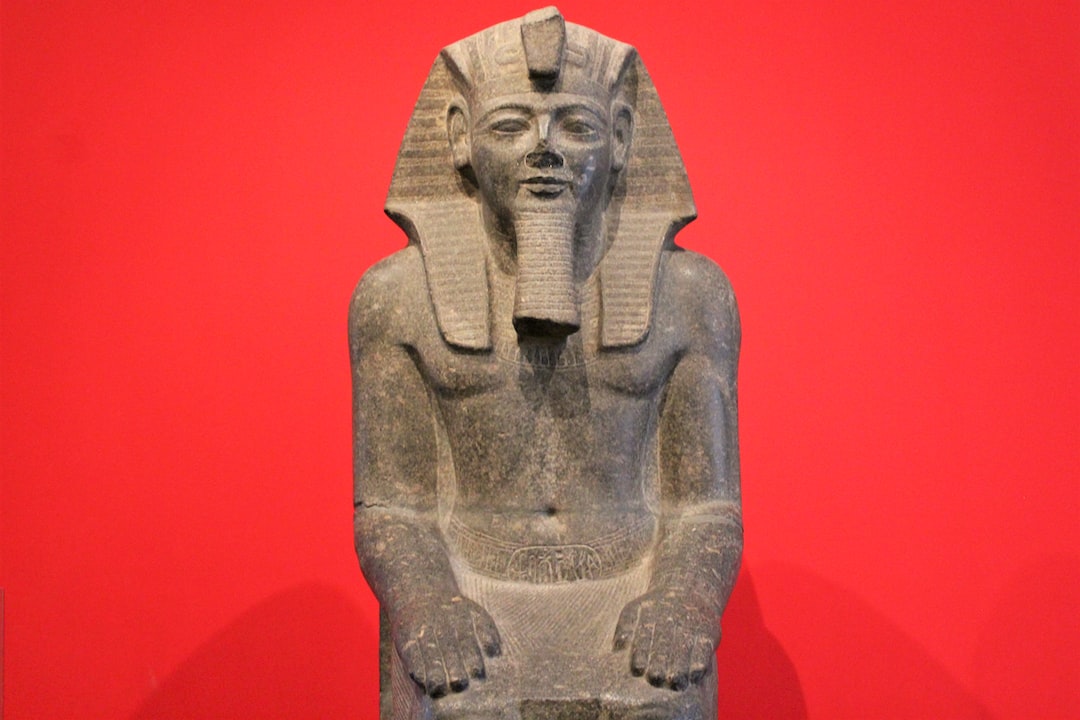Introduction
The ancient Egyptians believed in an afterlife, where the soul continued its journey after death. The Egyptian culture is famous for its elaborate funerary practices, including mummification and the construction of elaborate tombs and burial chambers. The ancient Egyptians were a civilization that placed great emphasis on the afterlife. Their belief in the continuity of life after death led to the development of complex funerary practices and rituals that have fascinated people for centuries. This article delves into the mysterious world of the ancient Egyptian afterlife, exploring their beliefs, rituals, and customs.
Ancient Egyptian and Afterlife: An Overview
The ancient Egyptians were known for their elaborate beliefs and rituals surrounding the afterlife. They believed that life on earth was just a temporary stage, and that the soul would continue to exist in the afterlife. The concept of the afterlife played a significant role in their religion, and the Egyptians spent a great deal of time and resources preparing for the journey to the next world.
The belief in the afterlife was deeply rooted in the Egyptian culture and was a central theme in their religion. The ancient Egyptians believed that the afterlife was a continuation of life on earth and that the soul would need certain things to survive in the afterlife. They believed that the soul would need a physical body, food, water, and other necessities to continue its journey in the afterlife.
To ensure that the deceased had everything they needed in the afterlife, the ancient Egyptians developed elaborate burial customs and funerary rites. The Egyptians believed that the body of the deceased had to be preserved through mummification, a process that involved removing the internal organs and packing the body with salt and other materials to prevent decay. The mummification process was expensive and time-consuming, and it was reserved for the wealthy and elite members of society.
In addition to mummification, the Egyptians also believed that the soul needed a place to live in the afterlife. This is why they built elaborate tombs and pyramids for their pharaohs and other important members of society. These tombs were filled with all sorts of treasures, including food, clothing, and even furniture, to ensure that the deceased had everything they needed in the afterlife.
The belief in the afterlife was so strong in ancient Egypt that it influenced every aspect of their daily lives. They believed that the gods and goddesses were responsible for controlling the natural world and that by appeasing them, they could ensure a successful journey to the afterlife. As a result, the ancient Egyptians built magnificent temples and dedicated them to various gods and goddesses. They also performed elaborate rituals and ceremonies to honor and appease the gods and ensure their place in the afterlife.
Overall, the belief in the afterlife was a fundamental part of ancient Egyptian culture and religion. The Egyptians believed that the afterlife was a continuation of life on earth and that the soul needed certain things to survive. This belief influenced every aspect of their daily lives and resulted in elaborate burial customs, funerary rites, and the construction of magnificent tombs and temples.
The Belief in Afterlife
The ancient Egyptians believed that death was not the end of life but the beginning of a new journey. They believed that the soul continued to exist after death, and it was necessary to preserve the body and provide for its needs in the afterlife. The soul, or ka, was believed to need a physical body to survive and enjoy the afterlife, which is why the ancient Egyptians developed the practice of mummification.
The Process of Mummification
The process of mummification involved removing the internal organs, drying the body, and wrapping it in linen bandages. This process took around seventy days to complete and was carried out by skilled embalmers. The mummified body was then placed in a sarcophagus, which was decorated with hieroglyphs and symbols representing the deceased’s life and journey to the afterlife.
The Book of the Dead
The Book of the Dead was a collection of spells and rituals that were believed to help the deceased navigate the afterlife successfully. These spells were written on papyrus scrolls and placed in the tomb with the mummy. The spells included instructions on how to pass through the gates of the underworld, how to avoid dangerous creatures, and how to reach the judgment hall of Osiris.
Judgment of Osiris
The ancient Egyptians believed that the soul would be judged after death by the god Osiris. The heart of the deceased was weighed against the feather of Ma’at, the goddess of truth and justice. If the heart was heavier than the feather, it was believed that the person had led an unworthy life and would be devoured by a monster. If the heart was lighter than the feather, the person would pass the judgment and continue the journey to the afterlife.
Conclusion
The ancient Egyptian afterlife was a mysterious and complex world that was intricately linked to their beliefs and customs. The Egyptians believed in preserving the body, providing for its needs, and preparing for the soul’s journey to the afterlife. They developed elaborate rituals and practices, including mummification and the Book of the Dead, to ensure the soul’s safe passage. The ancient Egyptian afterlife remains a fascinating topic, and the legacy of their beliefs and customs continues to influence modern culture.


